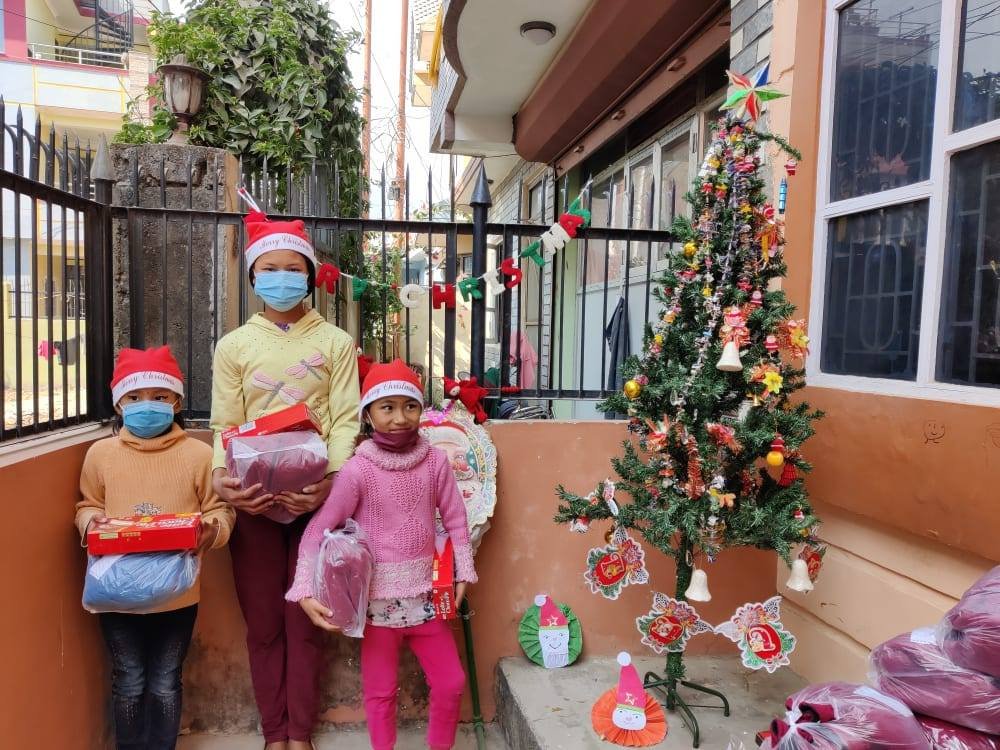
Emergency Preparedness
Nepal has endured many devastating disasters, both natural and manmade, which are only worsened by the weak infrastructure and unstable government. In these situations, the poor are the most affected and the last to recover. Mitrata intervenes by providing needed supplies and support to our children and their families.
Nepal Earthquake of 2015 — Nepal was hit by massive earthquakes in early 2015, which killed 9,000 people, injured 22,000, left 3 million people homeless, damaged or destroyed infrastructure and set back economic development. Then, the India blockade which followed, created a humanitarian crisis of desperation for food, goods and fuel in Nepal. Political gridlock in the past several years and recent public protests, predominantly in the southern Terai region, have hindered post-earthquake recovery and prevented much-needed economic reform. Unreliable electrical power, sanitation and low-quality transportation networks made the situation even worse. The Post-Disaster Needs Assessment conducted after the earthquake found that total damage and losses resulting from the earthquake amounted to about $7 billion, and reconstruction needs amounted to about $6.7 billion. Areas of Nepal are still being affected by this damage today.
After the earthquake, Mitrata and our partner in Nepal worked around the clock to ensure our children’s safety, connect them with their families, and provide updates to our child sponsors. It was a frightening time for everyone, but through resilience, flexibility and tireless support, we were able to account for all of our children and keep them safe and healthy during the earthquake’s aftermath. Providing support to our children and their families has empowered them to recover more quickly after such devastation.
The COVID-19 Pandemic — Cases and deaths were rising every day in Nepal. The already poor and often inaccessible health care system in the country made for even worse outcomes. Testing and vaccines were hard to come by, and required long hours of waiting in crowded lines. Since Nepal’s economy relies heavily on tourism, and many Nepali citizens are migrant workers in other countries, job loss was severe early in the pandemic when all borders closed around the country. Strict, police-enforced lockdowns coupled with job loss and poverty caused children to suffer with lack of food, water and other necessities. Poor sanitation also caused a health crisis. In order to combat these obstacles and keep our children on track in school, we supplied the families we serve with emergency kits of food, hygiene products and household needs. We connected with students via cellphones and home visits, provided children with cellphones, laptops and school supplies, and conducted socially distanced, staggered classes for small groups of students at our Contact Center.
Learn more about our response to COVID-19 and other disasters by subscribing to our blog:





Trivia Night 2022 was a success! Over $17,000 was donated for our Contact Center and COVID-19 relief supplies. Not to mention, it was a blast! We can’t wait for next year’s Trivia Night!